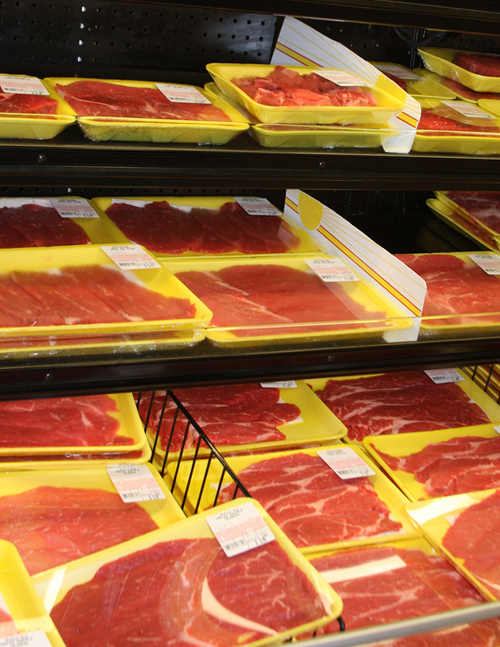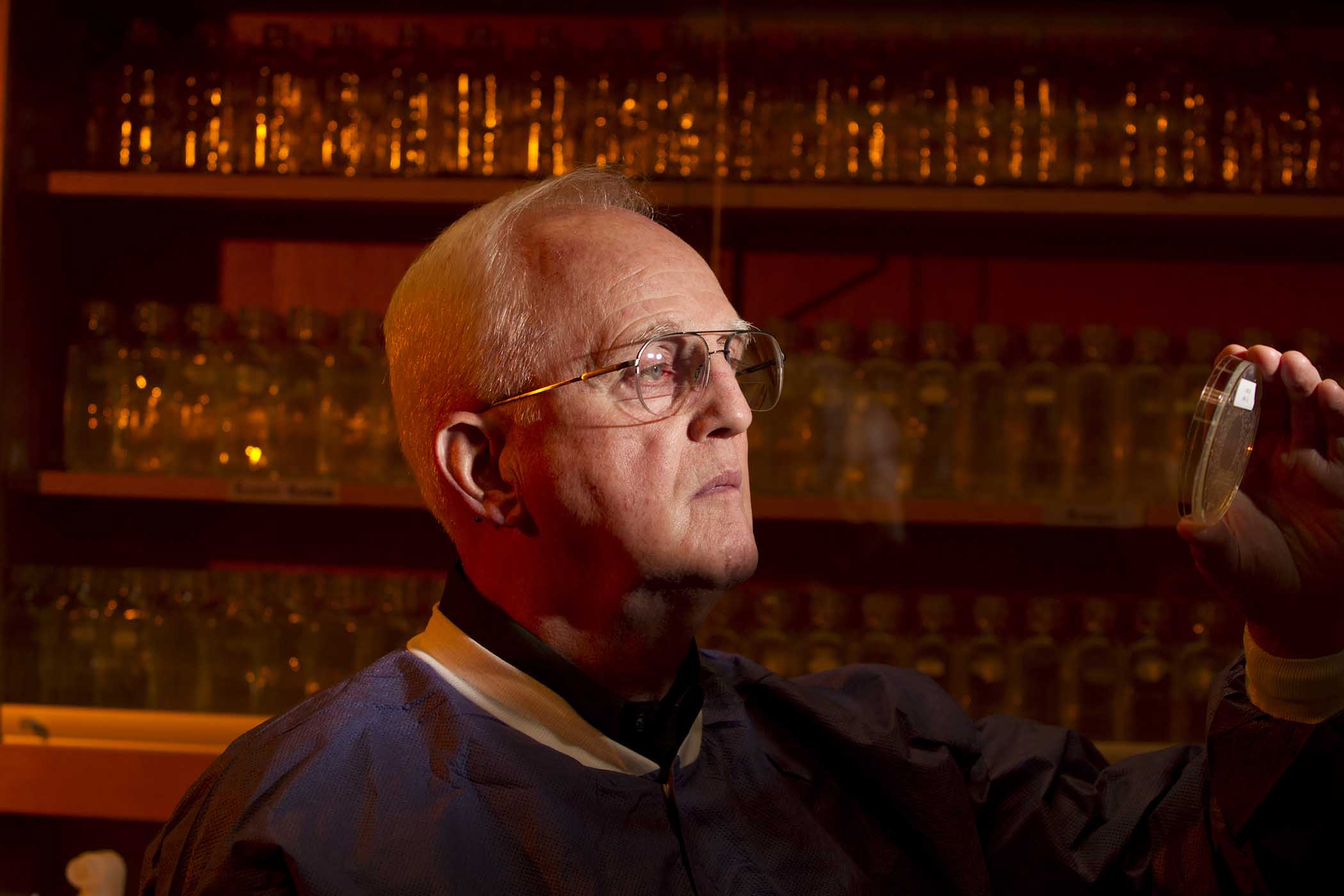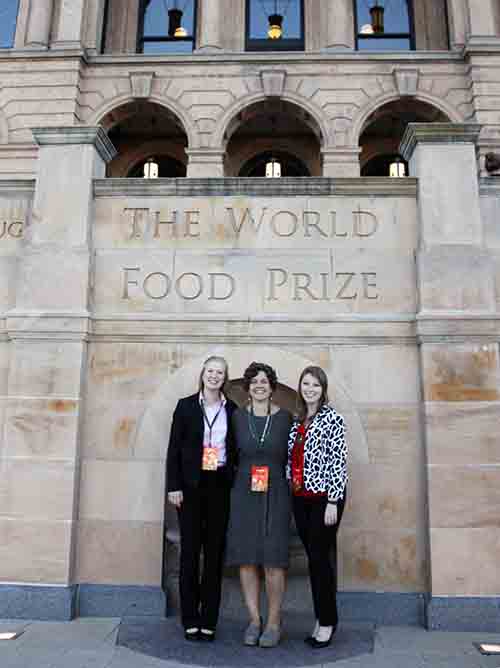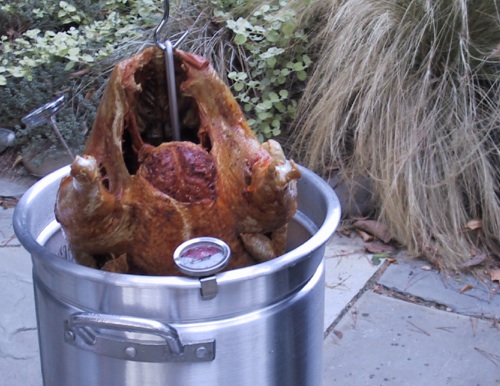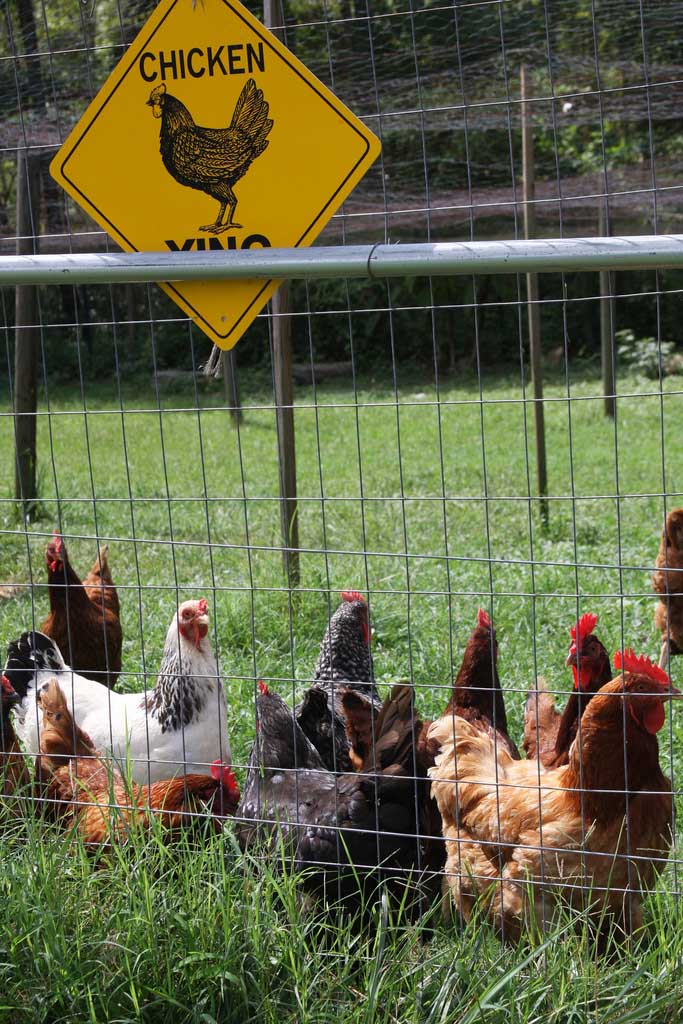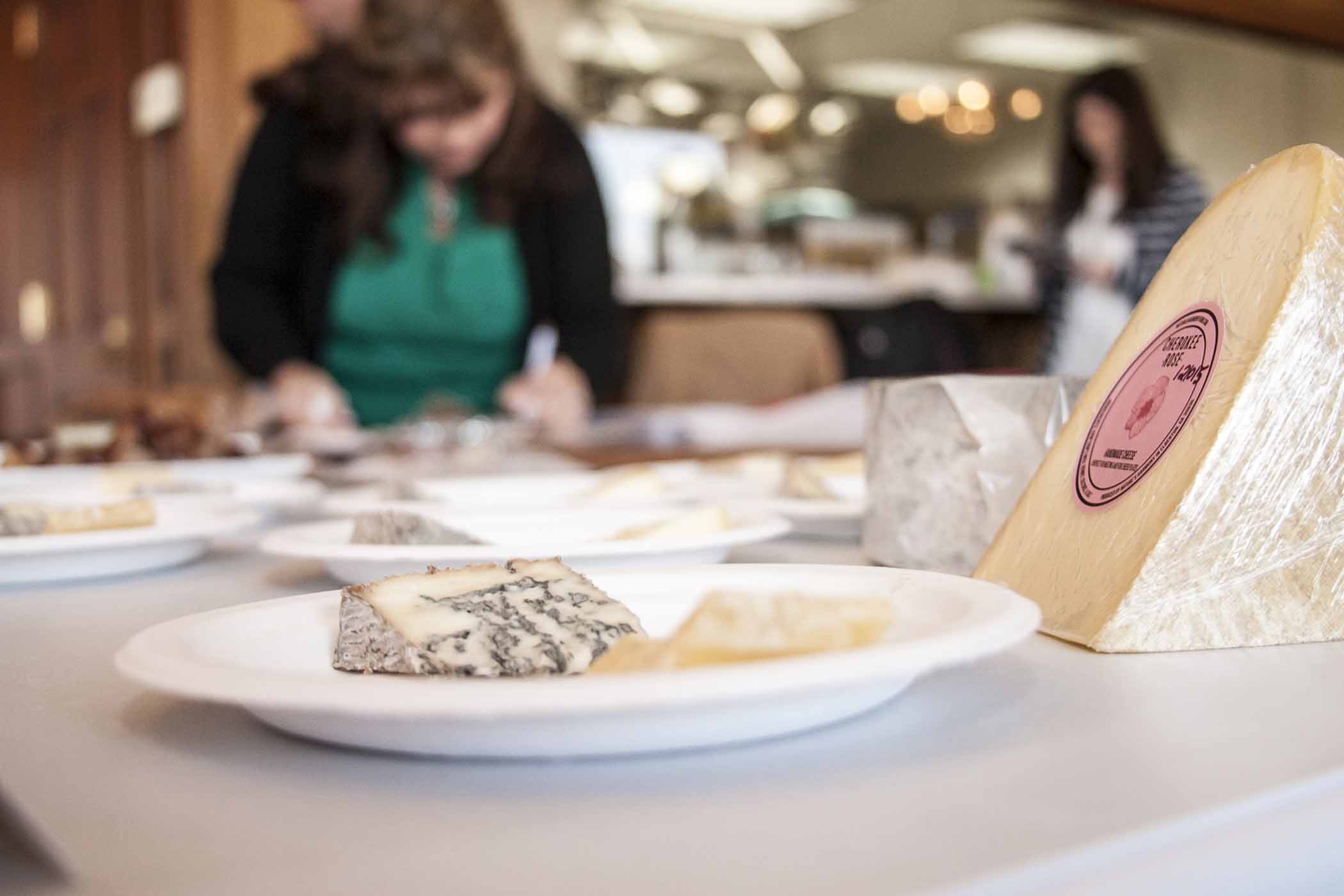 CAES News
CAES News
Flavor of Georgia 2016
Judges have selected 33 products to compete in the final round of the University of Georgia's 2016 Flavor of Georgia Food Product Contest March 14-15 at the Georgia Railroad Freight Depot in Atlanta.

